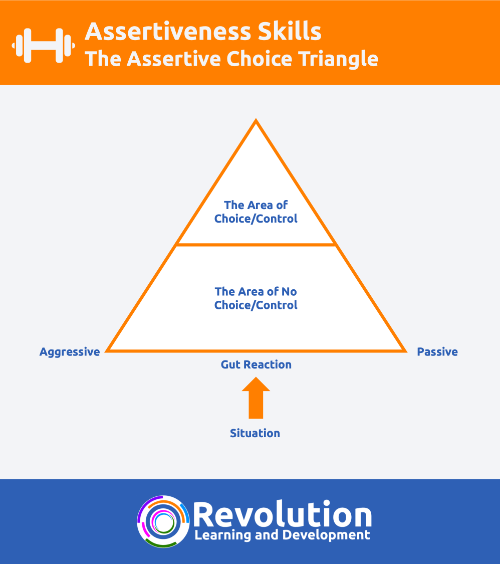Background
The assertive choice triangle is a simple but effective way of helping us to understand what assertiveness is and how to apply it. It shows us that assertiveness is not a natural behaviour that we demonstrate, but a learnt behaviour that we must ‘switch on to use’.
The assertive choice triangle shows us where assertive behaviour sits in comparison to aggressive behaviour and passive behaviour and how these 2 types of behaviour are more instinctive or gut-based behaviours.
The Assertive Choice Triangle
The assertive choice triangle is derived from the fight or flight response that we have. When we are faced with any given situation, particularly a situation that poses what we perceive as a threat, the bodies natural response is fight or flight.
This means we will face the situation head-on (fight) or run away from it (flight). This is ‘gut based’ and we tend in these cases to follow our gut. The fight or flight response is going to happen whether you like it or not.

The assertive choice triangle is broken down into 2 sections:
- The area of no choice or control
- The area of choice or control
The Area of No Choice/Control
The lower part of the assertive choice triangle is the area of no choice or control. When we operate from this area we operate on instinct or gut reaction.
Our responses are typically emotional and not thought through. And, for this reason, the emotions that we feel manifest themselves in the behaviour we are demonstrating.
This means we are no longer self-aware and not in control of our behaviour.

The Area of Choice/Control
The upper part of the assertive choice triangle is the area of choice or control. When we operate from this area we operate from a conscious or logical position.
Our responses are typically thought through and based on what we understand about the situation we are faced with. We are able to recognise the emotions we are feeling, but are able to control them in order to show a different behaviour to the emotions that we are feeling.
This means we are very self-aware and in control of our behaviour.
Passive, Aggressive and Assertive Behaviour
In the model above you can see the arrow at the bottom that shows the situation coming towards us. This is when we have our gut reaction. Similarly to fight or flight, the gut reaction is to be Aggressive or Passive. These behaviours sit in the lower part of the assertive choice triangle in the area of no choice or control.
This means that we are going to have this response whether we like it or not.
An assumption is that assertiveness sits mid-way between passive and aggressive. As you can see from the model, this isn’t the case. If it was, it would indicate that assertiveness is a gut reaction too.
Assertiveness sits in the upper part of the assertive choice triangle in the area of choice or control. This means that in order to be assertive, we have to be in control of our response. This means we have to be in control of our emotional response, no matter how we are feeling naturally.
Operating From the Area of Choice or Control
To operate from the upper part of the assertive choice triangle, we must choose to do so. The idea of switching on assertiveness simply means making a conscious decision to be assertive. You probably know how to do this already, but may have dismissed the idea of doing so.
The easiest way to do this is to do something conscious or logical when making the decision to be assertive. For example:
- Count to 5
- Take a deep breath
- Make a simple body movement like clicking your fingers (this is often known as anchoring and comes from Nero Linguistics Programming)
- Tell yourself to be calm or assertive
As you can see, all things that we may have been told to do in the past but may have dismissed. The simple idea is to do something that required thought to remind yourself to be assertive. If you do this, you make the choice to be assertive and are operating from the top half of the triangle.
Further Learning
To learn more about the assertive choice triangle and being assertive then take a look at our Assertiveness Training Course for more details.




